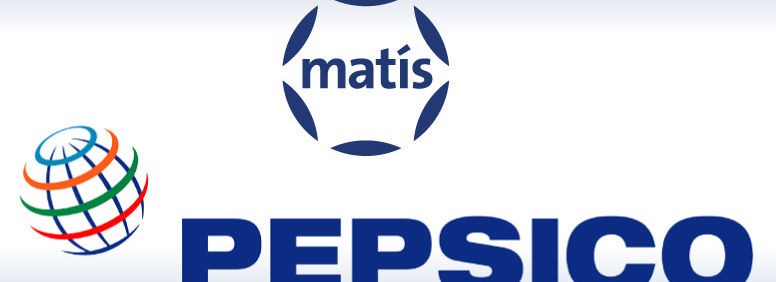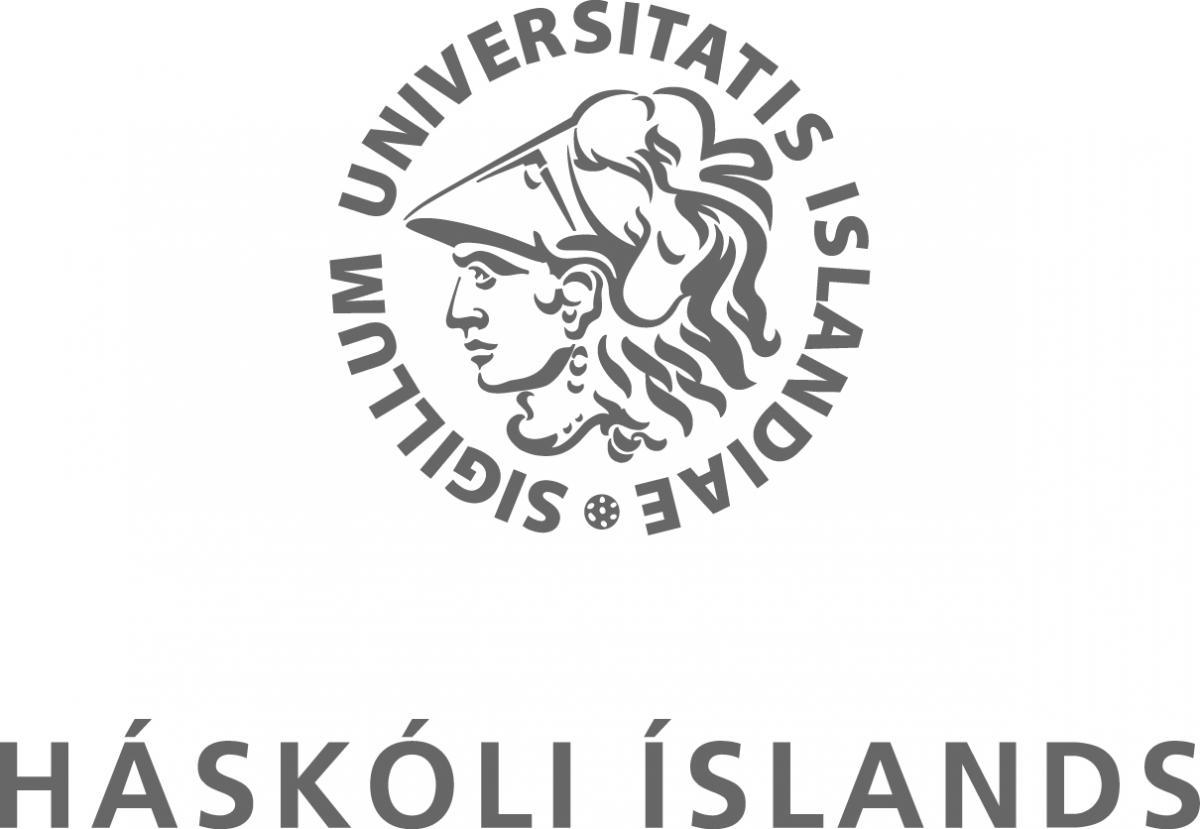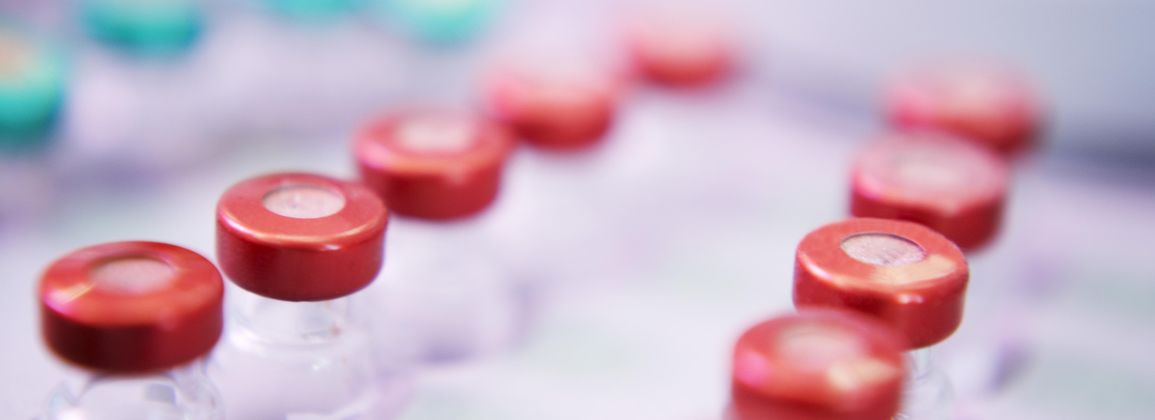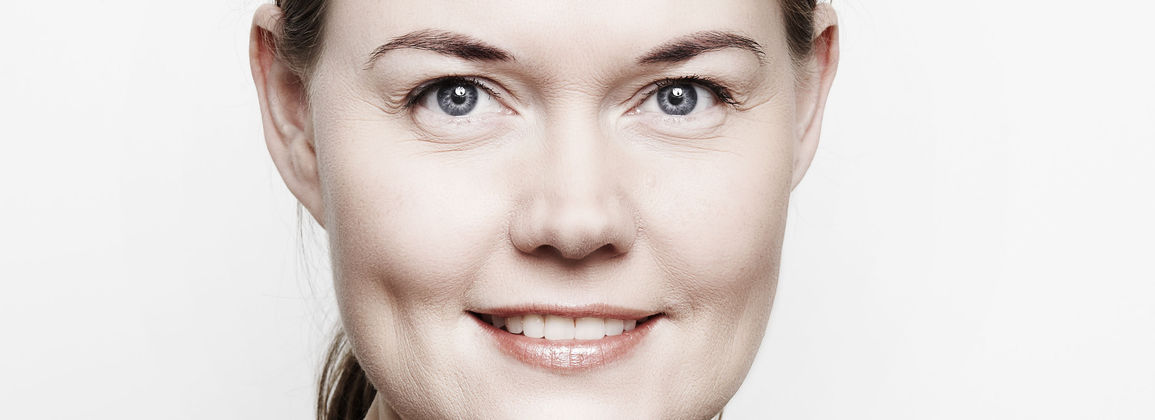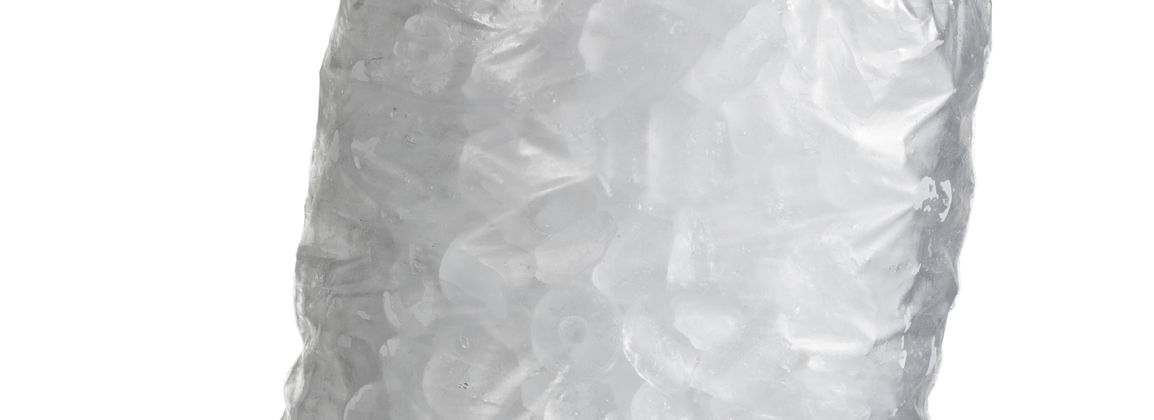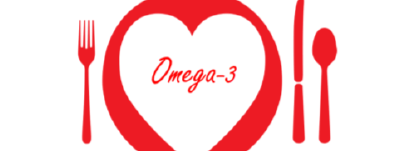On Thursday 30 May, a doctoral defense will take place at the Faculty of Food and Nutrition, University of Iceland. Then protect Sigrún Mjöll Halldórsdóttir Matís' food scientist's dissertation "New and improved methods for producing hydrolysed fish proteins with bioactive properties - Oxidation processes and the use of natural antioxidants in enzymatic hydrolysis".
When does this event start: May 30, 2013 - 10:00 a.m. to 1:00 p.m.
Event location: Main building
Further location: Celebration hall
Opponents are dr. Maurice Marshall Professor at the University of Florida, USA and dr. Jakob K. Kristjánsson from Prokazyme Ltd. The supervisor of the project was dr. Hörður G. Kristinsson at Matís. Dr. Þórhallur Ingi Halldórsson, President of the Faculty of Food and Nutrition, will preside over the ceremony, which will take place in the Celebration Hall of the University of Iceland in the Main Building and the ceremony will begin at 10:00.
On the subject of the dissertation
Anhydrous fish protein (fish protein hydrolyzate; FPH) has a variety of health-promoting bioactive properties such as antihypertensive properties and antioxidant activity. A large amount of underutilized by-products are generated during fish processing that could be utilized in such products. Fat oxidation by enzymatic hydrolysis can be a problem in the production of bioactive FPH. The overall aim of the study was to improve processing technology and introduce new methods for processing bioactive FPH products from fish proteins. The results indicate that isolating protein by baseline treatment for hydrolysis using an improved method could save time, labor and material, compared to conventional base processing. Studies show that oxidation develops rapidly during hydrolysis in the presence of oxidative catalysts. The results show that oxidation can cause FPH to lose its antioxidant properties, in addition to oxidative products causing a reduced anti-inflammatory response, which can have negative consequences in the body.
The use of natural antioxidants proved to be very useful in hydrolysis of fish proteins. Extract from Icelandic seaweed, Fucus vesiculosus, as an antioxidant that prevented oxidation, increased the bioactivity of the final product and reduced the formation of bitter taste in FPH.
The supervisor of the doctoral project was dr. Hörður G. Kristinsson at Matís, but in addition to him, Guðjón Þorkelsson, professor at the University of Iceland and director of the department at Matís, dr. Hólmfríður Sveinsdóttir at Iceprotein ehf. and dr. Ágústa Guðmundsdóttir, professor at the University of Iceland.


